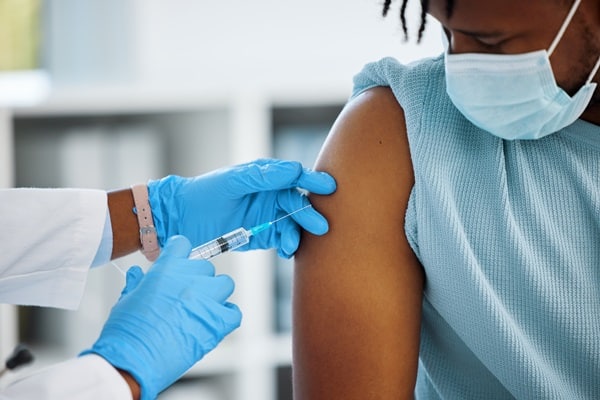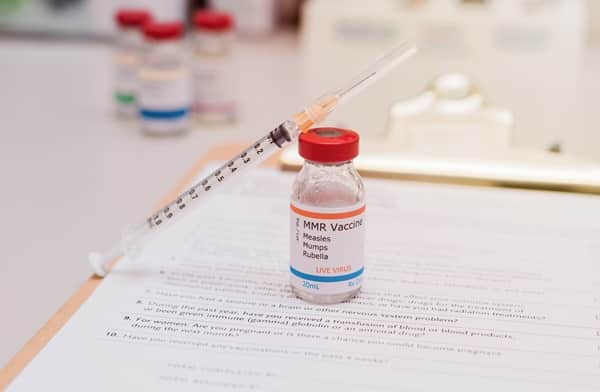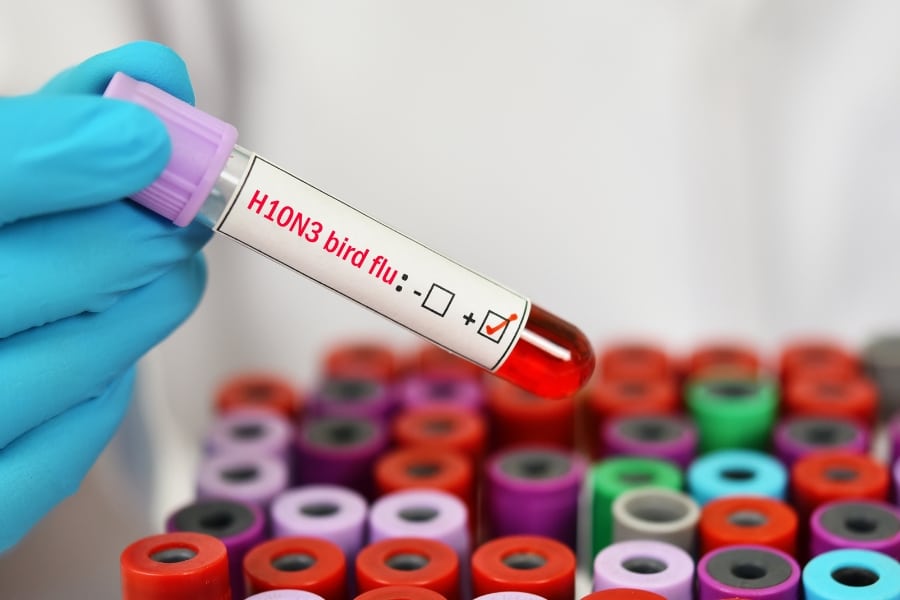Vaccines have long been a cornerstone in preventing infectious diseases, traditionally requiring multiple doses and updates to address new strains. However, a groundbreaking “one-and-done” strategy that some are labeling a miracle vaccine is emerging, potentially setting a new standard for how doctors protect the most vulnerable people against viruses. This innovative approach, using cutting-edge science, promises a future where a single vaccination could offer lifelong protection against numerous diseases, regardless of their mutations.
Contents
The Science Behind the New Vaccine Strategy

Traditional vaccines often involve introducing a weakened or inactive virus to stimulate the body’s immune response. In contrast, the new method utilizes small interfering RNA (siRNA) to directly prevent the spread of diseases. This advanced technique allows for targeting specific parts of the virus’s genetic code, which stops it from replicating within the body. Researchers at the University of California, Riverside, have developed this strategy, focusing on its application in mice with highly promising results.
The success of this new vaccine in research studies stems from its ability to bypass the traditional immune pathways. Instead of merely triggering the immune system, the siRNA molecules interfere with the viral replication process. This not only prevents the initial infection but also ensures that any mutations of the virus can be effectively countered. The adaptability and precision of this method mark a significant departure from conventional vaccine strategies, opening the door to more robust and long-lasting disease prevention.
Why It’s a Game Changer for Infants

Current vaccines can be less effective in infants under six months due to their still-developing immune systems. This makes them particularly vulnerable to severe infections during a critical period of their growth. The new siRNA vaccine, however, provides a unique advantage by being effective and safe for infants, giving them immediate and complete protection against targeted viruses, as demonstrated in vaccinated baby mice.
Moreover, this new approach could significantly reduce hospitalization and morbidity rates among infants. Since the vaccine can be administered from a very young age, it protects against diseases like the flu, RSV, and potentially COVID-19, which are particularly dangerous for young children. By ensuring early protection, the new vaccine method supports a healthier start in life, potentially easing the healthcare burden of treating viral infections in newborns.
Broader Implications for Universal Vaccination

The potential of this new vaccine extends far beyond infant health. According to Rong Hai, a virologist involved in the study, this method is “broadly applicable to any number of viruses and effective against any variant.” This universality could lead to the development of a single vaccine that can adapt to various pathogens, making it a formidable tool against both current and emerging infectious diseases.
Imagine a world where seasonal flu shots and multiple COVID-19 boosters are things of the past. This is the promise of the siRNA vaccine strategy. Its ability to provide long-term immunity with a single dose could revolutionize our approach to fighting infectious diseases. Public health strategies could become more proactive and less reactive, focusing on widespread immunization that keeps up with rapidly mutating viruses.
Advantages Over Traditional Vaccines

The siRNA vaccine offers significant advantages over traditional vaccines, primarily in its capacity to quickly adapt to virus mutations without the need for new formulations. This agility is crucial in responding to fast-evolving viruses like the flu and COVID-19. Traditional vaccines often lag behind new strains as they need to be reformulated and produced, a process that can take months.
Additionally, this new method is expected to be more cost-effective in the long run. By reducing the need for multiple doses and frequent updates, healthcare systems could save on production and distribution costs. This makes it easier to manage public health budgets and extends the reach of vaccination programs to lower-income countries, where cost is a significant barrier to widespread vaccine coverage.
Future Prospects and Challenges

The researchers behind this vaccine are currently exploring the possibility of delivering this vaccine as a nasal spray, which could simplify the vaccination process. Administering vaccines through a nasal spray has been shown to be effective, especially in children, and could lead to higher vaccination rates. It also targets the respiratory tract directly, which is the entry point for many viruses, potentially increasing the effectiveness of the vaccine.
Despite the promising prospects, there are hurdles to overcome. The biggest challenges include thorough testing to ensure long-term safety and effectiveness, regulatory approvals, and public acceptance of a new vaccination method. Researchers must also ensure that the vaccine can be produced at scale and stored under feasible conditions, which are critical steps in making the vaccine accessible worldwide.
The Bottom Line
The advent of this new siRNA vaccine method heralds a transformative shift in public health, suggesting a future where a single dose could suffice to protect against multiple viruses. As research progresses towards making this vaccine a practical reality, the potential for a healthier global population becomes increasingly attainable. Embracing this innovative approach could drastically reduce the burden of infectious diseases and redefine preventive healthcare, marking a significant milestone in the quest to safeguard human health from the ever-evolving threat of viral infections.


